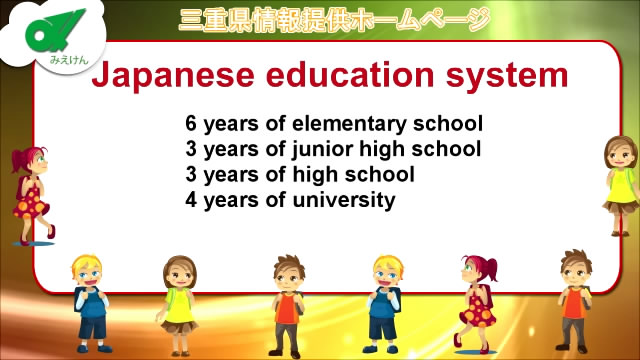The Japanese education system may solve the problems of US public education

The uproar over the new Secretary of Education’s first days in the cabinet and the state of American public education K through 12 ignores the challenge of how we might actually improve teaching. And it can be a relatively simple fix.
Blocked by protesters from visiting a Washington, D.C. school recently, newly confirmed Education Secretary Betsy DeVos, an avid support of privatization, met with public school officials eventually.
Yes, DeVos had faced a historically close vote — the first ever cabinet confirmation when a vice president cast the tie-breaking vote.
Opponents of DeVos cited her lack of experience, the poor performanceof the Michigan Charter schools and her financial contributions to many of the senators voting for her confirmation.
Secretary DeVos revealed alarming misunderstandings about education policy and resisted calls to maintain funding for public education or to hold private schools and charter schools to the same standards as public schools. She remains a supporter of privatization. However, as Diane Ravitch argues in her 2013 book “Reign of Error: The Hoax of the Privatization Movement and the Danger to America’s Public Schools,” there is scant evidence privatization works.
If privatization approaches, such as vouchers, charter schools, merit pay and abolishing tenure haven’t provided the magic bullet to improving education, it is because they don’t directly address how we improve teaching.
What may solve the problems of American public education is what already works in Japan.
In researching the K-12 Japanese educational system, typically compared favorably to ours, Catherine Lewis, senior research scientist at Mills College, asked Japanese teachers how they learned problem-solving approaches to teaching mathematics. Reportedly Lewis reacted in disbelief when they told her that were developed by American researchers.
Elizabeth Green, author of Building a Better Teacher: How Teaching Works (and how to Teach it to Everyone) found a similar pattern when she interviewed Akahiko Takashi, once one of Japan’s leading teachers and now Associate Professor of Elementary Math Teacher Education at DePaul University.
As Green describes in her book, Takashi came to Chicago to observe classrooms using the innovative teaching approaches of John Dewey, George Polya and the National Council of Teachers of Mathematics. The Japanese education system may solve the problems of US public education | TheHill:


